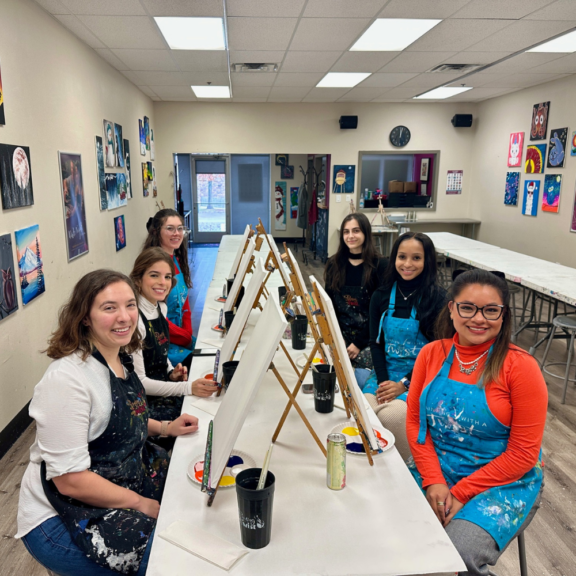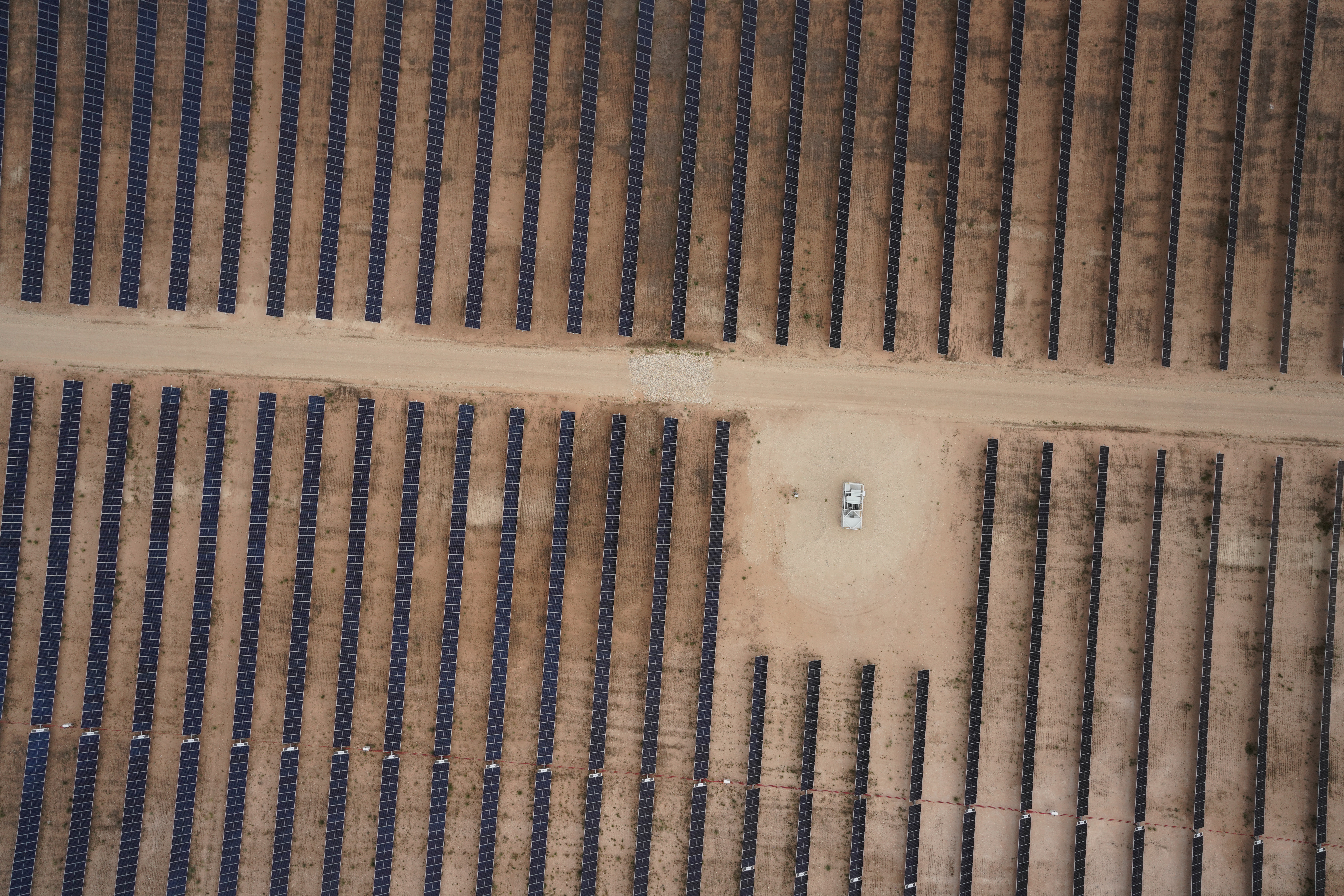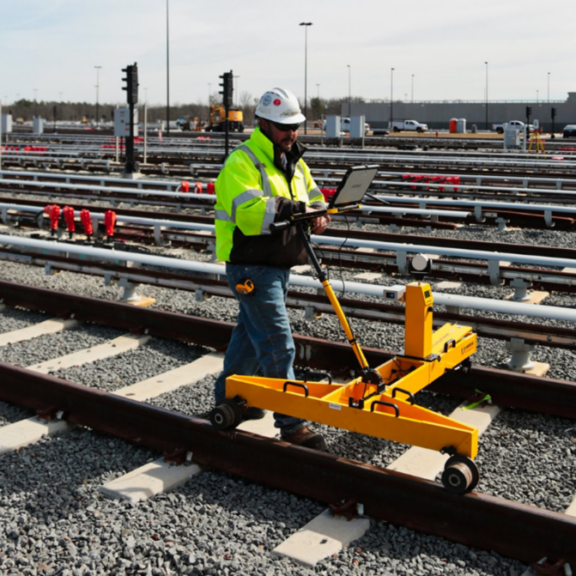Meet Steve Vargo, our resident environmental survey drone expert at Timmons Group. Steve is a Senior Environmental Scientist on our Richmond-based environmental team. He’s been with the firm for over 10 years, and in his time, he’s experienced quite a few things that will help you understand how drone operators #FlySafe when on site.
Steve’s role as an environmental scientist spans several aspects of the team. He provides valuable expertise gained from working with both public and private sector clients throughout the Mid-Atlantic region, representing client interests, and addressing compliance issues with local, state, and federal regulatory agencies. Steve is a certified VADEQ ESC plan reviewer and inspector, and SWM inspector; Responsible Land Disturber; and NCDOT UAS Commercial Operator.
Aside from his traditional day-to-day as an environmental pro, Steve is an FAA Part 107 Certified Remote Pilot and he flies a drone equipped with top notch camera and lighting functions to retrieve images of a variety of objects in need of inspections and surveys. He performs unmanned aerial inspections on structures like pedestrian bridges, roofs of buildings, powerlines, and lighting poles as well as environmental and compliance surveys.
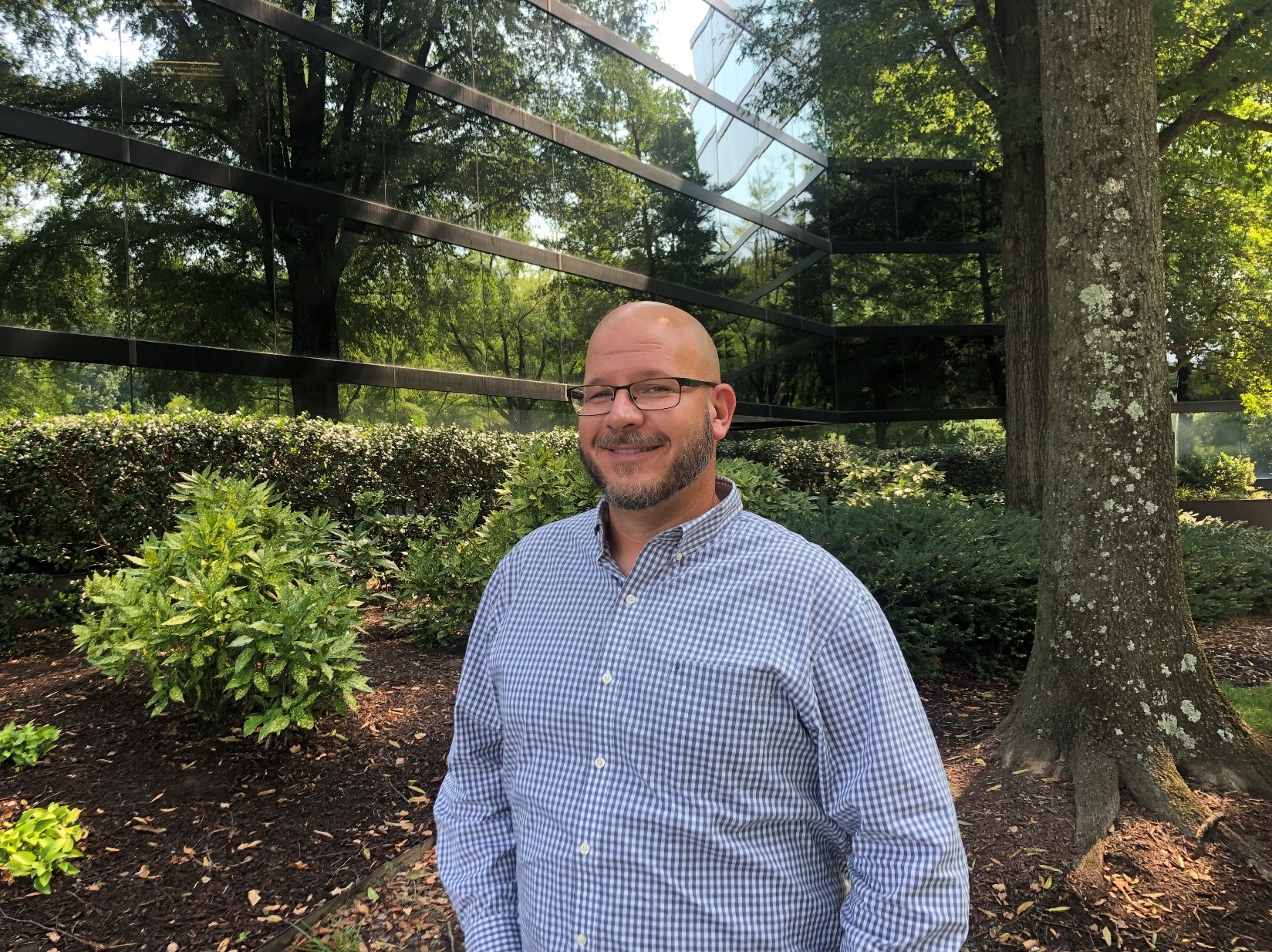
Steve graduated from VCU with a BS in environmental science and has been in Richmond for 17 years. When he originally joined the Timmons Group environmental team he was working in CAD and GIS mapping. He explained that his role evolved organically to include more drone work when one of his coworkers purchased a drone for the group to perform environmental inspections. “After a while, I discovered that I just really prefer to be outside. My current role allows me to be outdoors for about 75% of my job,” he says. Cold weather doesn’t even get Steve down… In fact, he says he loves flying in the winter. “Flying the drone is definitely more difficult in winter because you can’t wear gloves and it’s windier, but it’s a challenge so I enjoy it.”
The drone-based part of Steve’s role allows him to travel across the region to perform a variety of inspections and surveys where he uses a hands-on, free form approach to flying. Some of his favorite kinds of projects to take on are environmental compliance, structural integrity surveys, construction monitoring, road widening project surveys, and aerial time lapse photography. He uses a drone to access parts of a project that aren’t easily reached by foot, a capability that allows both internal and external clients to see a grander picture of the project at hand.
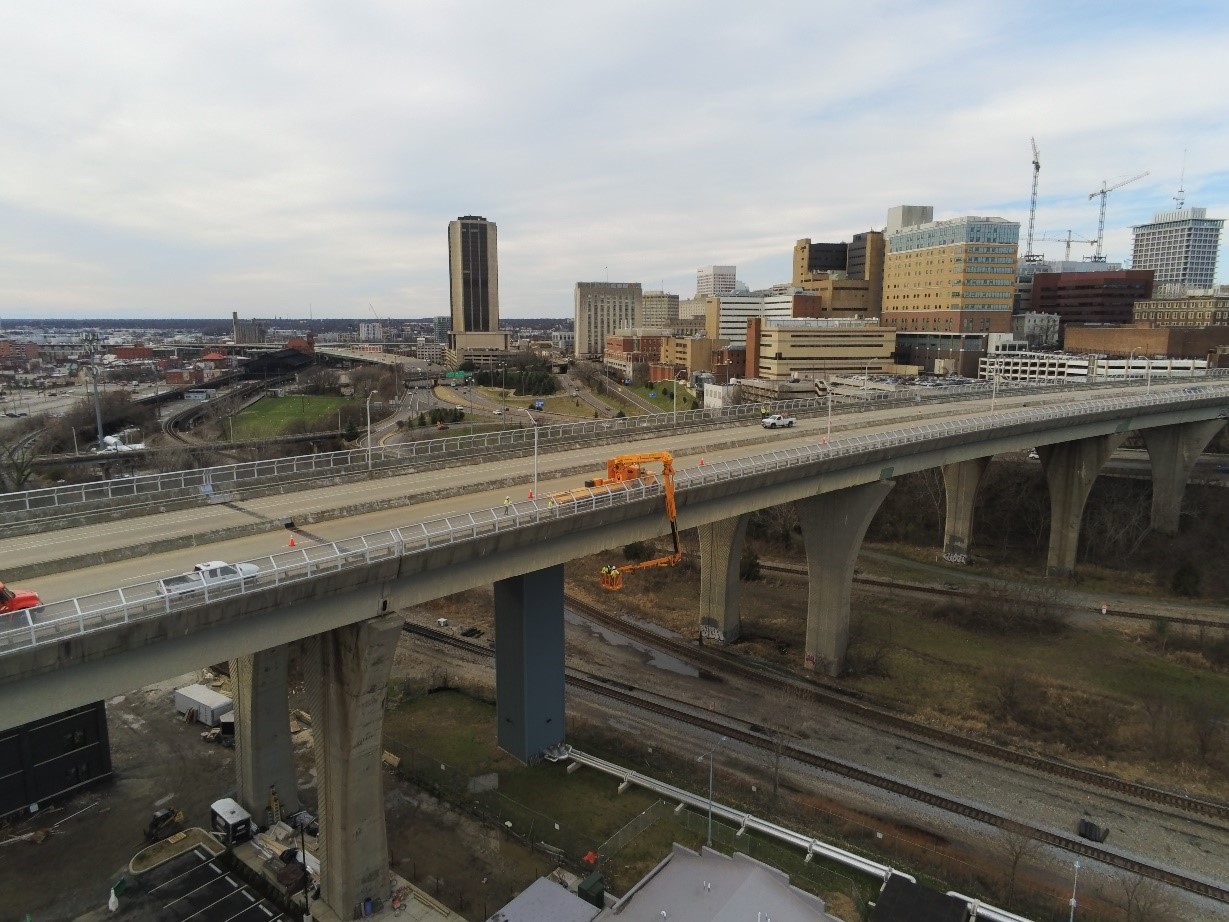
So, you might ask, how exactly does Steve stay safe in the field when he’s performing a survey or inspection? He gave us the down low (or… up high?) on what he does to prepare himself for a safe day on site.
“First,” Steve says, “I always check the airspace before any flight to make sure there are no flight restrictions or airports/ heliports nearby that we need to be aware of.” The many trainings he’s taken have equipped him with the knowledge to ascertain what kinds of FAA flight restrictions he needs to keep in mind when creating a flight path.
“We always do a walkthrough of the site to make sure there are no obstructions like power lines, buildings, traffic, crowds, or trees that could block a drone path. We use GPS to mark the launch point, and there’s an automatic return-to-home function, so we need to be conscious of landmarks on site that our drone could accidentally hit when returning to the launch position. We are particularly careful with traffic and crowds because we can’t fly over them, so implementing a safe flight path up front is very important.”
Steve told us that he has encountered large birds like buzzards, hawks, and ospreys that he needs to watch out for too. “One time, we were performing a rooftop survey and a flock of crows kept following the drone,” Steve chuckled. “We just try to be hyper aware of anything in the sky at all times.”
Alongside birds and powerlines, Steve is also taking specific care when it comes to weather. Wind and rain can not only be brutal on the condition of a drone, but they can also completely hinder a pilot’s ability to fly. Another weather element that some might not consider to be a nuisance is the sun, but Steve will be the first to tell you that he pays close attention to where light is entering his camera lens so he can ensure good imagery from his flight.
“We were flying on the Potterfield pedestrian bridge a while back. Our client needed imagery that required 40 scans, so by the time we’re making final rounds of the structure, the sun is shining through. We are getting a glare from the water below and also from the bridge itself, so it’s a good reminder to keep time of day in mind when flying too.”
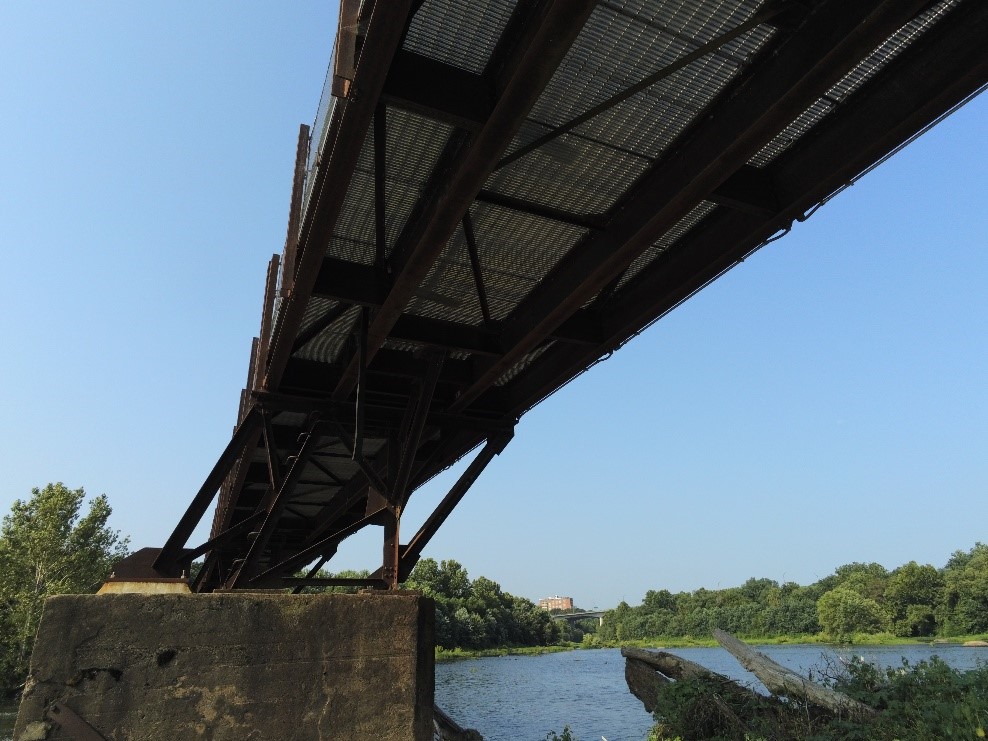
When Steve is flying, his attention is on the drone and the imagery that he’s capturing, so paying attention to other land or sky-bound obstacles can be difficult. That’s why he asks a teammate to come along as a visual observer to help on site. “I always make sure I have a visual observer to help warn me if something crops up in the sky or on land that wasn’t there when we started our process,” he says. This visual observer is a key member of an on-site team and can help Steve determine if a path needs to be changed during flight. If this happens, Steve lets his drone hover while he maneuvers to course correct.
“Some of these are common sense safety tools, but the whole time I’m operating, my instinct is to pay attention to the drone, so being able to make on the spot updates to my plan is very important,” Steve says.
Steve told us that he has been approached by people on the bridges while conducting surveys, and that can be dangerous for both the pilot and the pedestrian. When that happens, Steve’s visual observers can help guide pedestrians out of the drone’s flight path safely. Steve always welcomes pedestrians to ask questions while he’s working, as long as he can safely land his drone before interacting with them.
“It’s an ambassadorship,” Steve says. “I always like talking to people who are curious about what I’m doing while I’m in the field because I have a really unique job and it creates a unique opportunity to talk about our work at Timmons Group. But I will always ask pedestrians to give me a moment while I land the aircraft safely before engaging with them.”
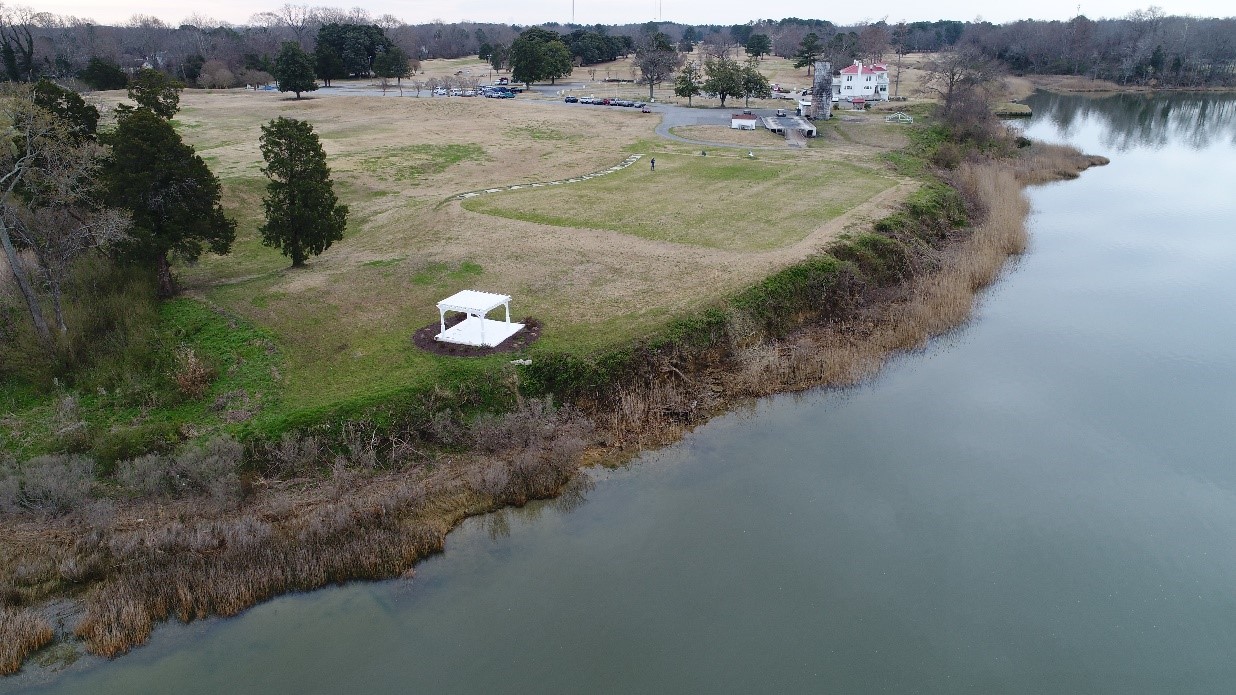
“My favorite part of working with my team is the high quality and caliber of the people that Timmons Group employs,” Steve says. “We all work hard and we work well together. Everyone gives 100% but we can also work hard and play hard.” The ‘work hard, play hard’ mentality is a Timmons Group mantra, one that Steve’s team knows how to employ. “It’s also great to know that our management will back us up with the capacity to try new ventures that will help challenge us and continue to push Timmons Group ahead in the industries we serve.”
Steve’s team is starting to see more drone-based work in proposals, so it’s a sign of the technology times that clients are interested in utilizing this service to make the most out of their project. “We’ve done drone inspections in an hour that would normally take 2-3 days to complete. The technology is ever-changing and it’s pretty new in the grand scheme of things. So, we’re excited to be on the forefront of offerings to our clients,” Steve says.
As the industry continues to change (and rapidly at that), one thing will remain true—Steve and his team will be operating drones safely with the help of their trusty protocols. And… We all heard it here first. Steve loves flying in the winter, so be sure to give him a hard time if you hear him commenting about having cold hands!

